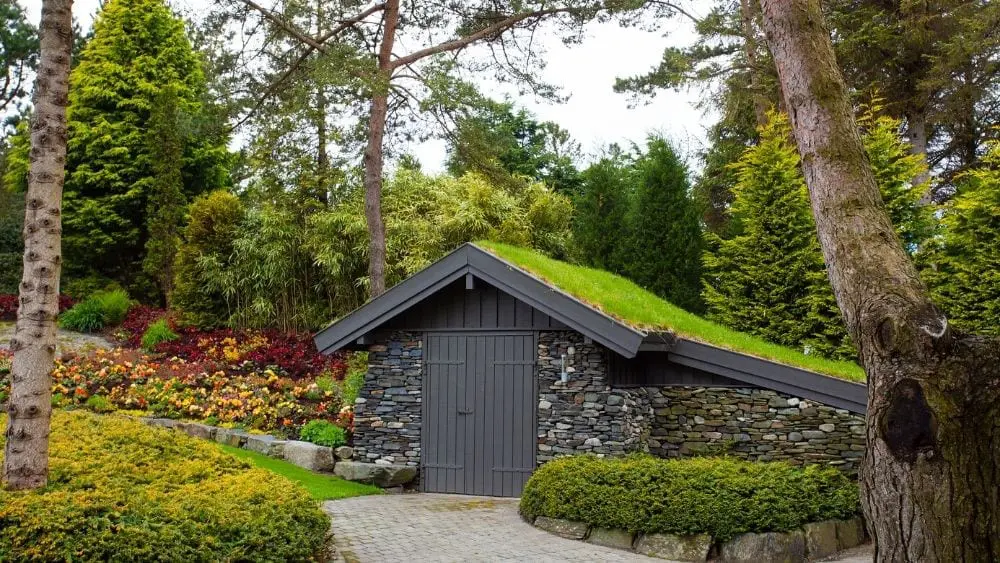Blurring Boundaries: Living Roofs and Modern Landscaping Embark on a journey where architecture and nature intertwine seamlessly with the concept...
June 27, 2025





